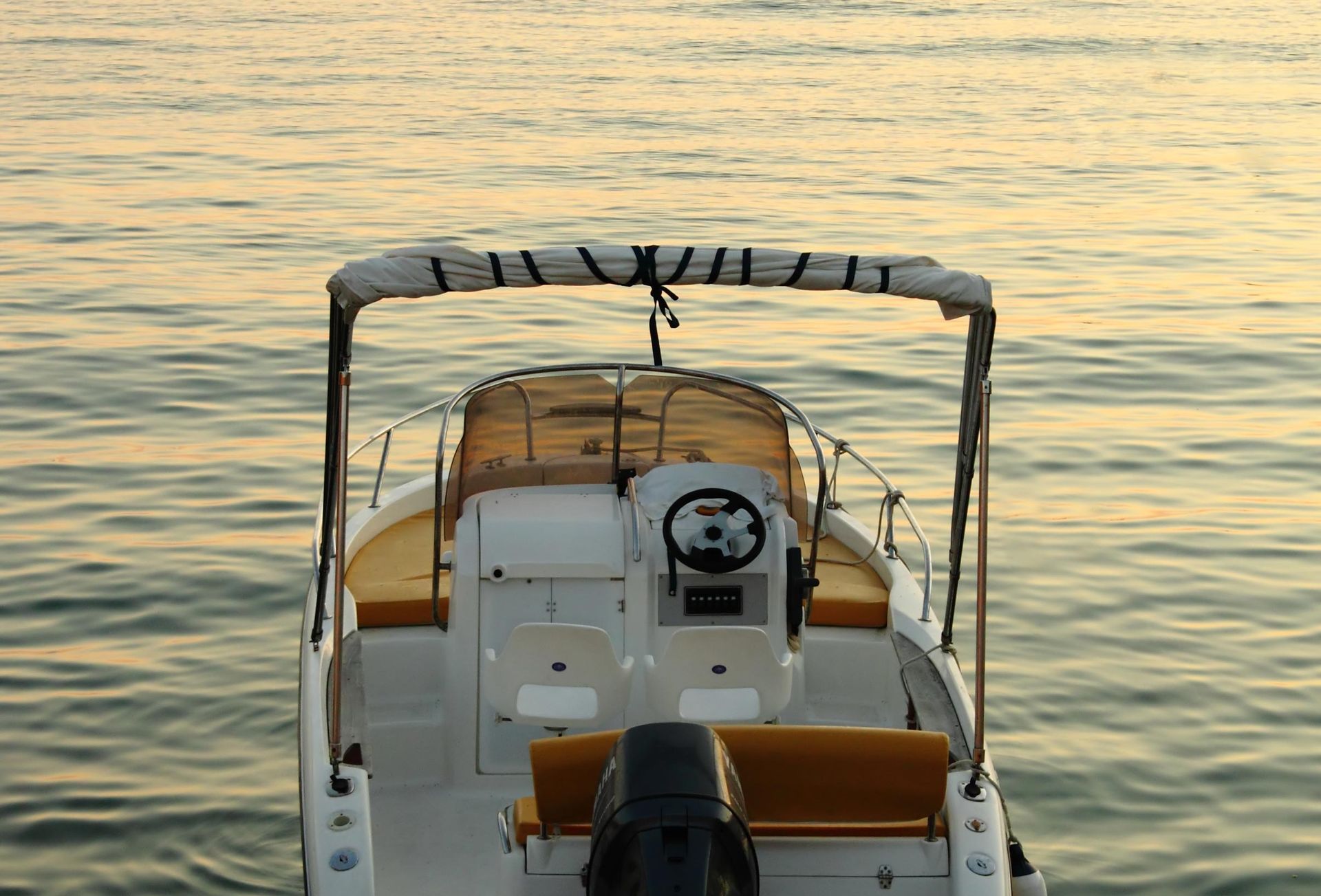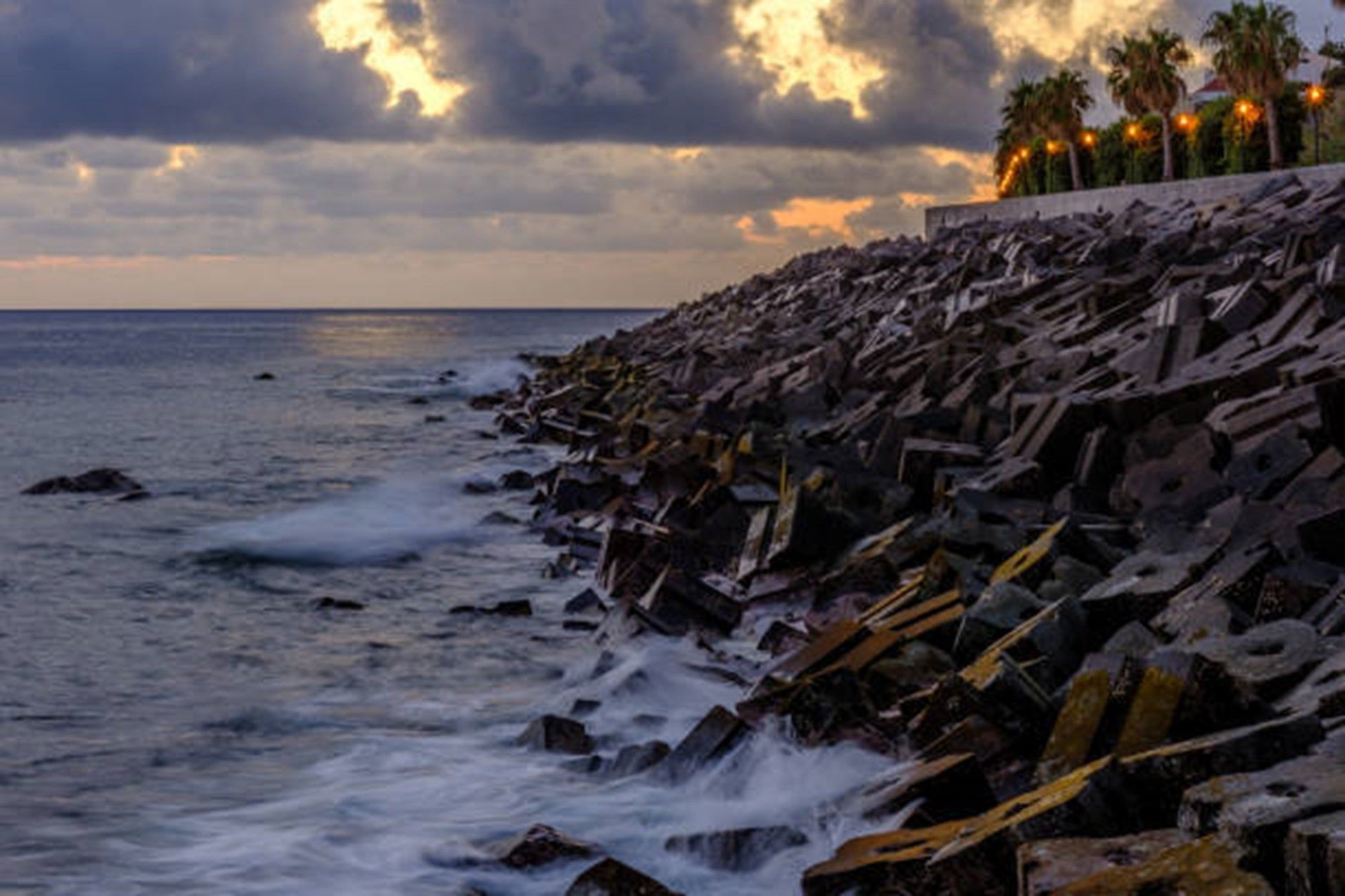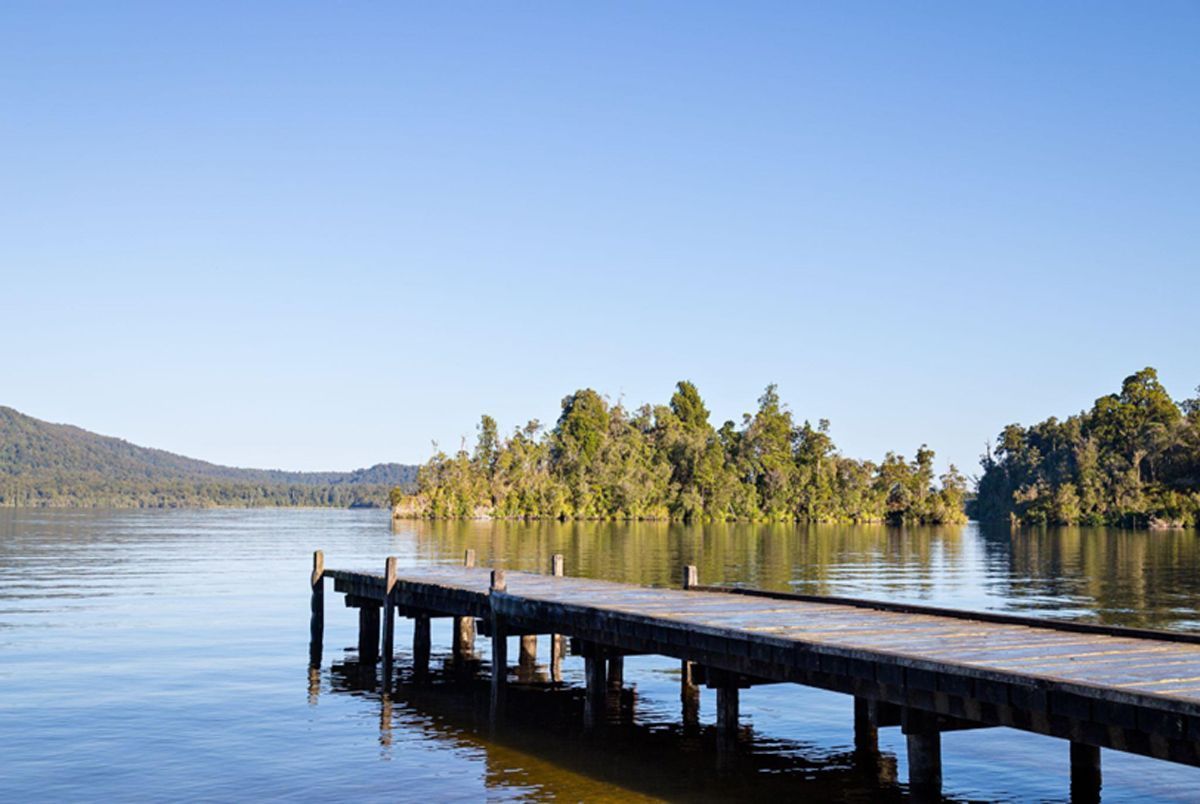Select the Right Dock Type for Your Waterfront Property

Docks add great value to waterfront properties, as they let you tie up boats, jump off into the water, and fish from over the water. To make sure you can fully take advantage of a dock, though, you need to select the right kind of do for your particular waterfront property. The following guide to some of the most common docks and their uses with help with your selection.
Choose a Floating Dock for Protected Water
A floating dock is supported by floatation devices hidden beneath the dock's surface, and the dock simply floats on top of the water's surface. Because the dock is floating, it will rise and fall with any changes in the water level.
Because floating docks sit on and move with the water's surface, they're best for waterfront properties that sit on protected bodies of water. These docks can handle seasonal fluctuations in water levels or even regular tide changes, but sizeable waves cause the dock to move too much. Walking on these docks in wavy conditions is difficult.
If the water your property sits on is protected and calm, this is likely the most affordable and convenient dock option. Because there are no supports that go to the ground, these docks tend to cost less than others. They also can be pulled out if the water near your property freezes during winter.
Choose a Pipe Dock for Semi-Protected Water
A pipe dock has metal pipes underneath their dock surface that act as support. These pipes go down to the bottom, where they sit on top of the mud, rocks, or sand down there.
Pipe docks are commonly used on residential waterfront properties because they offer a good balance between durability, convenience, and cost. These docks can withstand more severe conditions than floating docks since they have underwater supports, but a horrible storm on a big body of water might generate waves strong enough to lift this kind of dock. Additionally, they have the following benefits:
- Installation is easy since the supports sit on the ground
- Removal is possible, and some supports even have wheels for easy moving
- Cost is affordable since the supports are fairly simple
A pipe dock is a good option if your waterfront property is on a somewhat exposed body of water or you need to remove the dock periodically.
Choose a Wood-Piling Dock for Exposed Water
A wood-piling dock is similar to a pipe dock, except the piling's on this type of dock are driven into the ground. Much like a home's foundation is driven into the ground beneath the home, putting a dock's pilings into the mud, rocks, or sand beneath it helps secure the dock in place.
Driving wood pilings into any bottom involves more work and cost than simply setting pipe supports on top of the bottom, and these docks need to be professionally installed. They don't move even in heavy storms, though, which makes the docks last much longer on unprotected bodies of water.
Piling docks may have supports made of either wood or metal, but wood piling docks are especially useful in the Southern United States. In the Northern U.S., winter ice can damage wood pilings so metal ones are sometimes preferred. In the Southern U.S., though, ice isn't a concern and wood is an environmentally friendly option.
A wood piling dock will serve you well if you need a heavy-duty dock that can withstand waves and storms. If your property's waterfront isn't protected, invest in this type of dock.
To have a
dock installed on your waterfront property, contact Edgewater Marine Construction Inc.





